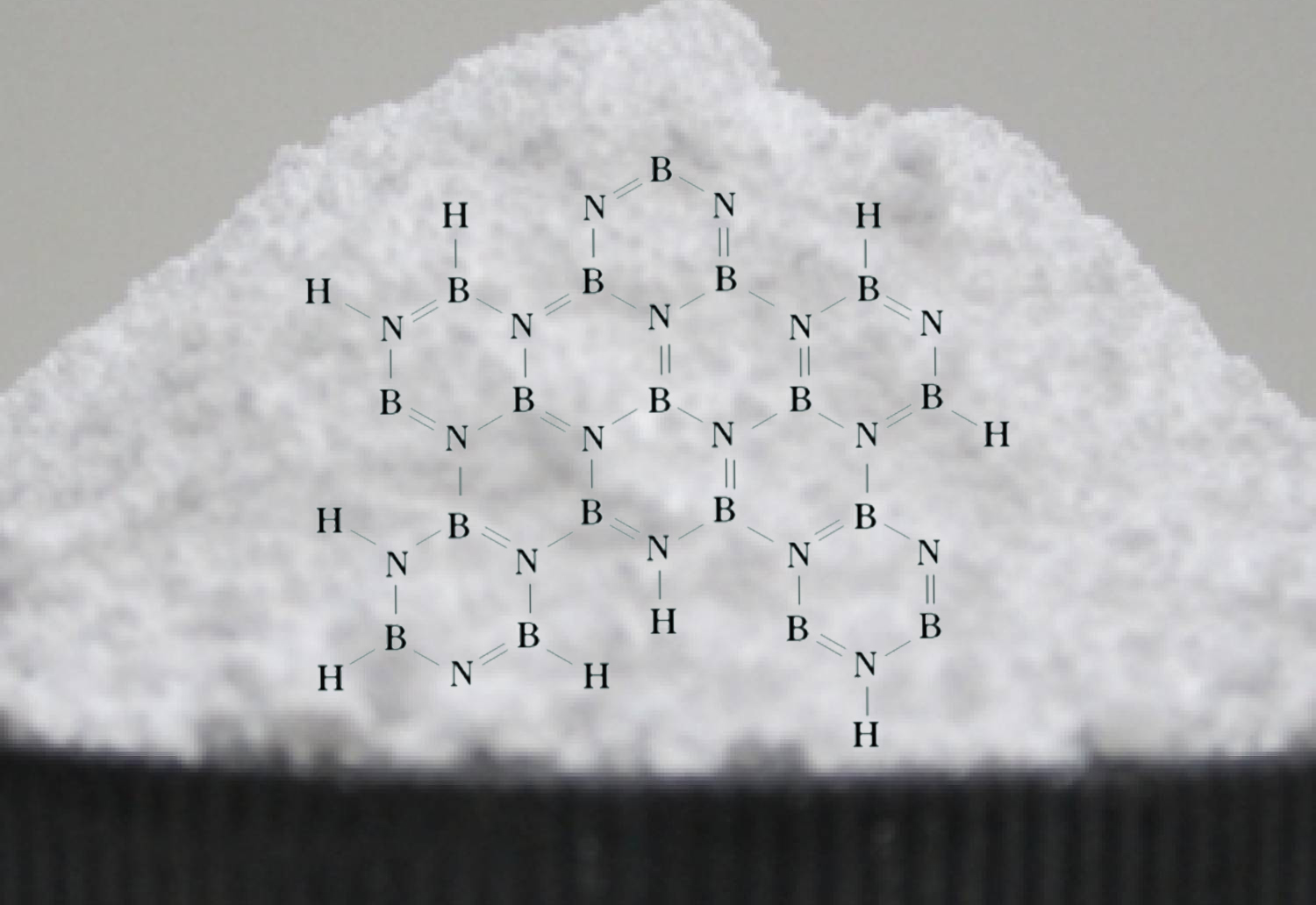What Are the Most Promising Thermal Protection Materials?
There are many kinds of ceramic thermal protective materials, among which carbon/carbon composite materials have attracted the wide attention of various countries due to their excellent properties. Strictly speaking, carbon/carbon composites refer to composites reinforced with carbon fiber. Apart from a series of characteristics such as high strength and heat resistance, the composite also has a unique skill, that is, its mechanical properties do not drop but rise in high temperature, showing higher strength and stiffness. Therefore, it is considered as the ideal thermal protection material for the next generation hypersonic vehicle.
Ceramic thermal protection material has three magic functions to cope with the heat. The first is the ablative heat dissipation mechanism at low temperature, that is, the low-temperature heat is digested internally through oxidation ablation. The ceramic composition used in the composite material itself has a higher melting point and is therefore resistant to low-temperature heat. The second is the loss of heat through surface radiation at medium temperature. Due to the high thermal conductivity of carbon/carbon composites, heat can be transferred and radiated rapidly to achieve the effect of rapid heat dissipation. The third is the sublimation of carbon materials at high temperatures, and the surface temperature of the material is so high that the carbon matrix can be sublimated directly into a gas, taking away a lot of heat.
Under the protection of this triple magic function, the ceramic thermal protection material can guarantee the shape of the tip remains unchanged, the hitting accuracy is high and does not affect the normal operation of the internal guidance electronic components even if the aerodynamic heating makes the external surface temperature ultrahigh when the hypersonic vehicle is flying at supersonic speed. Therefore, ceramic thermal protective materials have high application value in the military field.
First of all, ceramic thermal protective materials are mostly fiber reinforced composites, with lighter mass. The ceramic thermal protective material used on the X-37B in the United States has a density of only 0.4g/cm3, which is similar to the density of foam plates in life. Compared with the high-temperature alloy protective material used in the last century, the ceramic quality is only one-third of the original, which is a huge boon for the space industry, which “strives to reduce the weight of each gram”.
Secondly, the temperature tolerance limit of ceramic thermal protective materials is higher. The limit temperature of the early used metal material is only about 1500 ℃, while ceramic thermal protection material is stable under 1700 ℃, it can even withstand a high temperature of 2000-3000 ℃in a short time. When the temperature limit is raised, the aircraft will be able to fly at a higher speed, greatly increasing its actual defense capability.
Finally, the ceramic thermal protection material has the characteristics of short preparation cycle, low cost and reusable. The heat protection material of high-temperature alloy used in the initial stage needs to be processed in multiple processes, and the preparation cycle is long and a large number of raw materials are wasted. Ceramic thermal protection material can be used to spread the fiber in the mold, which can make the complex structure into a single molding, with shorter cycle and lower cost. More importantly, ceramic thermal protective materials are now being developed for reusable use, which will greatly reduce the maintenance and preparation costs of military aircraft.
In conclusion, ceramic thermal protection materials, particularly carbon/carbon composites, have unique properties that make them an ideal material for use in the next generation hypersonic vehicles. These materials possess a triple magic function that allows for effective heat dissipation and can maintain the shape of the vehicle's tip, ensuring high hitting accuracy without affecting the internal electronic components. Additionally, ceramic thermal protection materials have a lighter mass, higher temperature tolerance limit, and are cost-effective, making them an excellent choice for military applications. As such, the development of ceramic thermal protection materials for reusable use will greatly reduce the maintenance and preparation costs of military aircraft.
Advanced Ceramic Materials high-quality ceramic products to meet our customers’ R&D and production needs. Please visit our homepage for more information.
{{item.content}}
LEVE A REPLY
{{item.children[0].content}}
{{item.content}}










